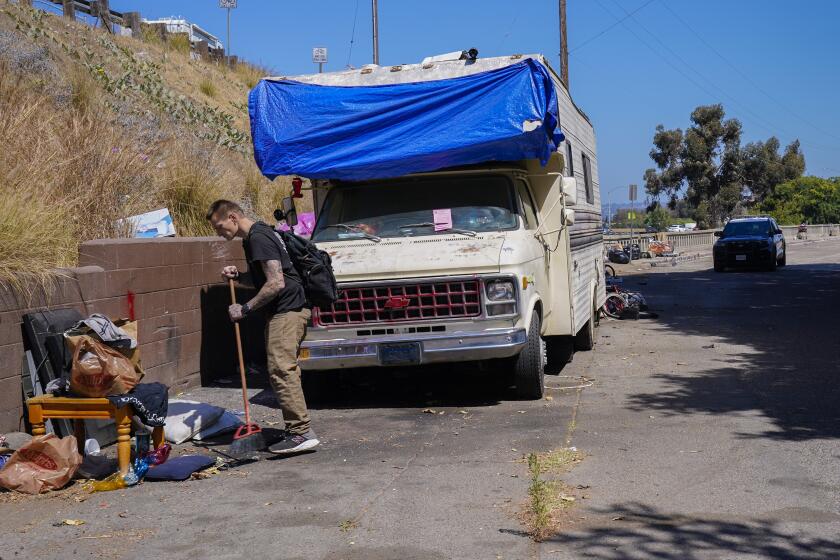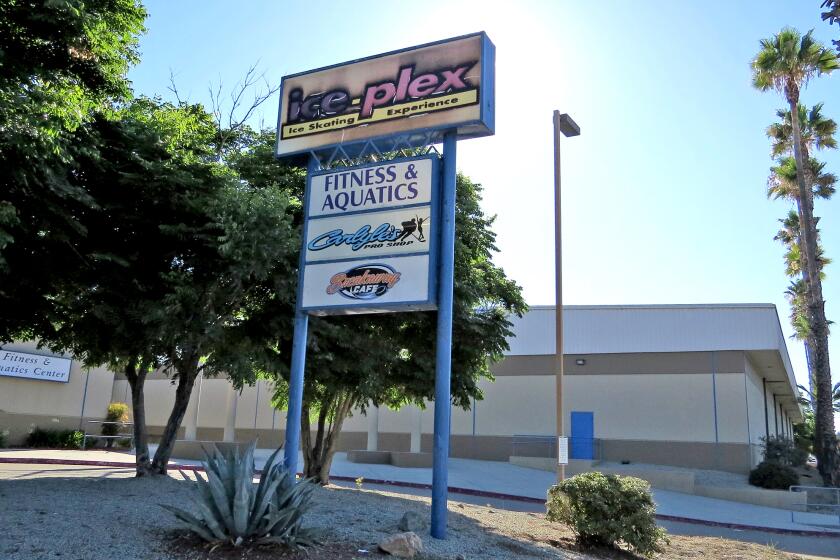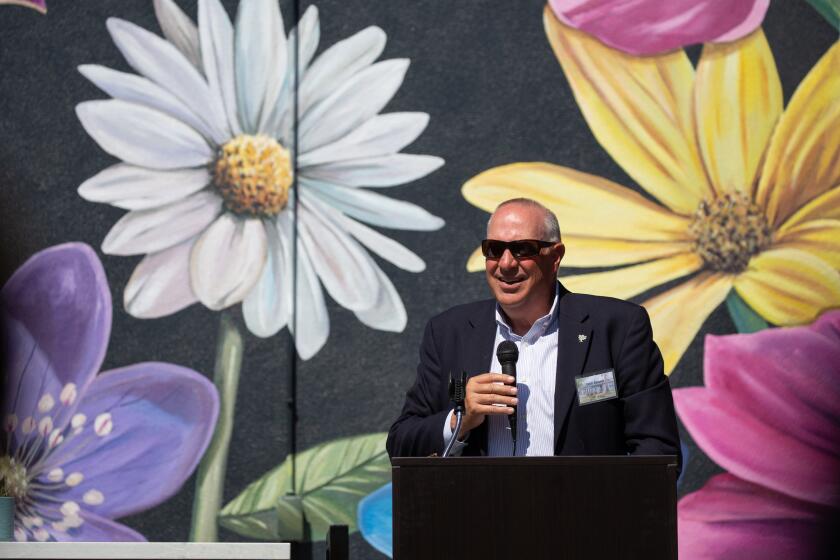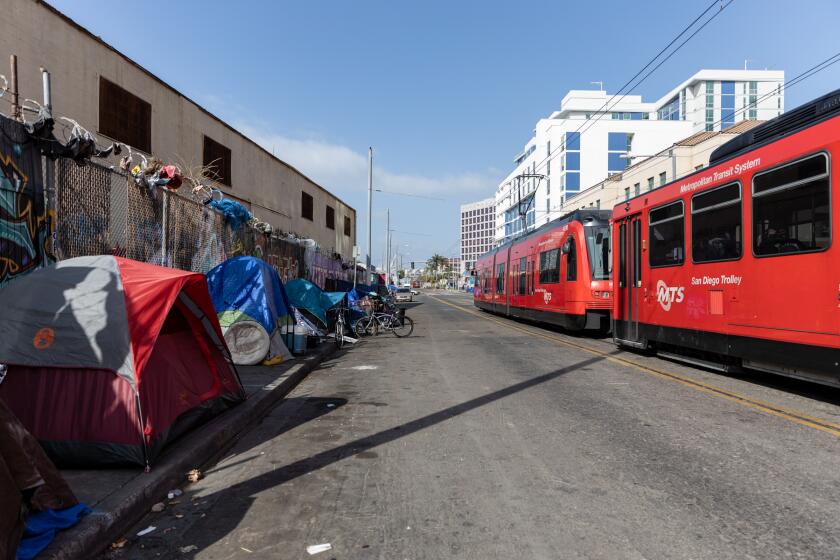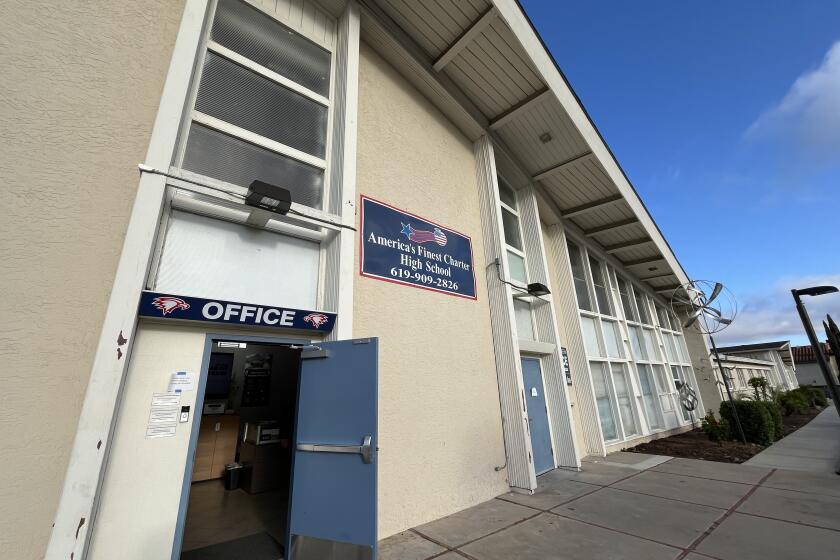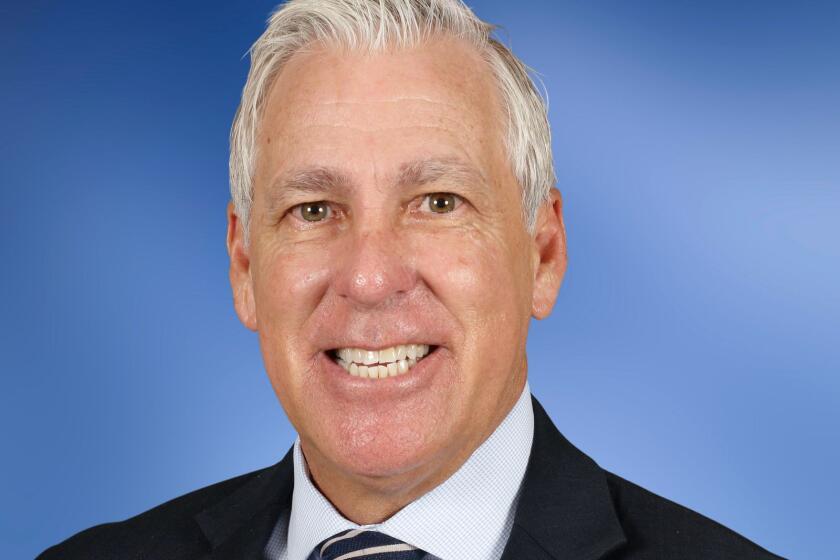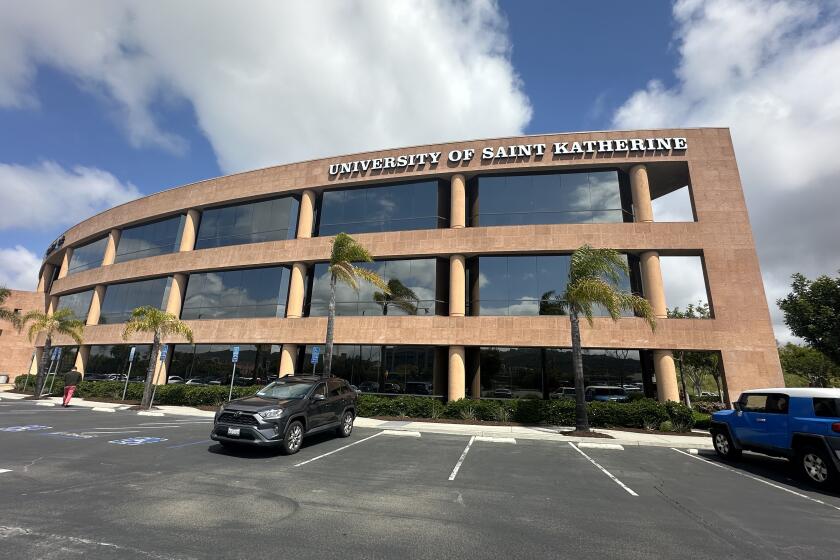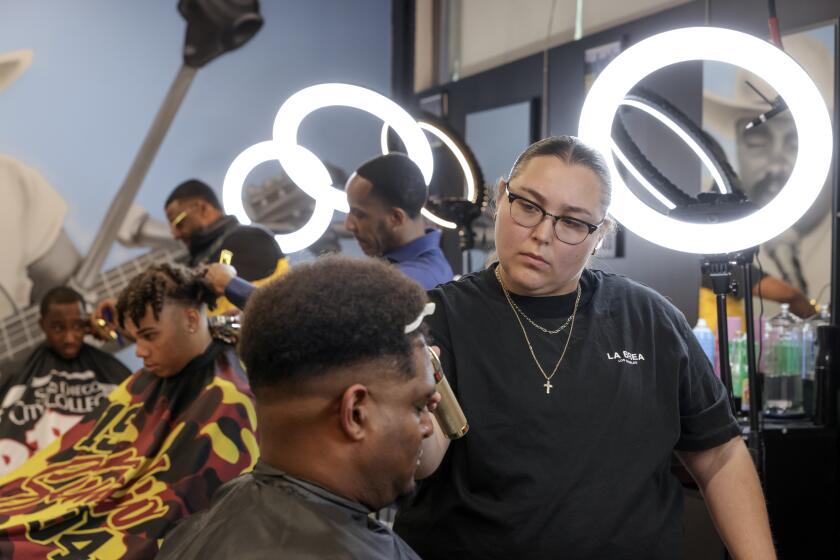UCSD student experiment will brew beer on the moon
It’s been a bit of an up and down journey for the UC San Diego students known as Team Original Gravity, but now it’s official: Their beer-brewing experiment is going to the moon.
“It’s super exciting because after we lost, everybody was so depressed,” said Neeki Ashari, one of the team leaders.
Their proposed experiment beat out thousands of other ideas in an international contest and gained national media attention. Members of the team traveled to India for a chance to put their experiment aboard a spacecraft headed to the moon, and everything went well.
Up until they lost.
In an unexpected turn, however, another group of entrepreneurs have invited them aboard their spacecraft. Contracts between the two were recently finalized, and a launch will be sometime before the end of the year.
The experiment involves a small canister that, once on the moon, will mix yeast with wort, the mixture of barley and other ingredients that give beer its flavor, to cause fermentation and carbonation.
Besides proving that beer can be brewed remotely and in low gravity, the experiment demonstrates the potential for making other things involving yeast in low gravity, such as bread and certain medicines, which could be important if a lunar colony is ever established.
The canister, designed by the students at the Qualcomm Institute Prototyping Facility, will be aboard a spacecraft being built by Synergy Moon, one of the teams competing for the Google Lunar XPrize, a contest meant to inspire engineers and entrepreneurs to develop low-cost methods of robotic space exploration..
Google is offering $30 million in prizes to successful competitors, with $20 million going to the first team that can reach the moon with a robot that will explore at least 500 meters of the lunar surface and transmit high-definition video and images to Earth before Dec. 31.
In a contest within a contest, one of the other teams competing for the XPrize had offered to take other experiments aboard their spacecraft. TeamIndus received 3,500 entries in the competition.
Original Gravity was one of 25 finalists, and team members Han Lu Ling and Srivaths Kalyan flew to India March 13 to demonstrate their prototype before judges. Ashari stayed home to study for a final.
The trip wasn’t too much of a culture shock for the two, as Kaylan has relatives in the country and regularly visits them and Ling has family from a similar tropical area, which he said gave India a familiar feel.
“But the language barrier,” Ling said. “We were trying to get a ride to the hotel. Even he (Kaylan) was a little bit lost because there’s so many different dialects over there”
The two were in India four days, and everything seemed to be going well. They presented their experiment to two teams of judges, using baking soda and vinegar to demonstrate that the device could keep ingredients separate and generate a reaction when mixed.
“It did all that perfectly before the judges,” Ling said, adding that some other teams didn’t even have a prototype to demonstrate.
When the winner was announced, the prize went to a team from Italy that was using cyanobacteria for radiation shielding. Ling said the idea has definite merit, but he’s not sure why the same experiment couldn’t be conducted on Earth.
“It was definitely a little shocking,” Ashari said. “We were confused. It was very disheartening to hear that, because we were pretty confident about our design, the publicity we generated, our supporters. We had dedicated seven months of our lives to this whole mission.”
The students, all Jacobs School of Engineering undergraduates, faced finals immediately following their defeat. Ashari said they were down, but still confident that they were on to something.
“To hear that we didn’t win was pretty upsetting, but it did not deter us away from wanting to try harder,” she said. “I felt like the flame inside of me grew bigger.”
Her brother suggested they reach out to another team participating in the Google challenge, and she immediately thought of Synergy Moon, an international, privately funded team based on six continents and headquartered in San Francisco.
“I chose them in particular because they really emphasized the same ideals and values as we do,” Ashari said. “I thought, they’re just like us. We’re all diverse and come from different backgrounds. And I’ve seen their videos. They’re very passionate, especially about including young talent from around the world.”
She wrote a short email asking if their team had room on board for their 250-gram experiment.
Within five minutes, she heard back from the team CEO Neb Stanojevic.
“He said, ‘Absolutely, I’ve been following you guys since before you even emailed me,’” Ashari said. “That was music to my ears. I didn’t even believe it when I read it. Here I am, looking at this wonderful team and their accomplishment, and they’ve been following me back.”
Besides being guaranteed a spot on the moon shot, Original Gravity also was invited to fly on seven low-orbit flights with Synergy Moon. The team has been busy making adjustments to their design so it will work in zero gravity for those flights as well as low gravity on the moon.
Although team members are graduating this year, all the leaders said they will stay involved in the project through the launches.
760-529-4939
Get Essential San Diego, weekday mornings
Get top headlines from the Union-Tribune in your inbox weekday mornings, including top news, local, sports, business, entertainment and opinion.
You may occasionally receive promotional content from the San Diego Union-Tribune.

